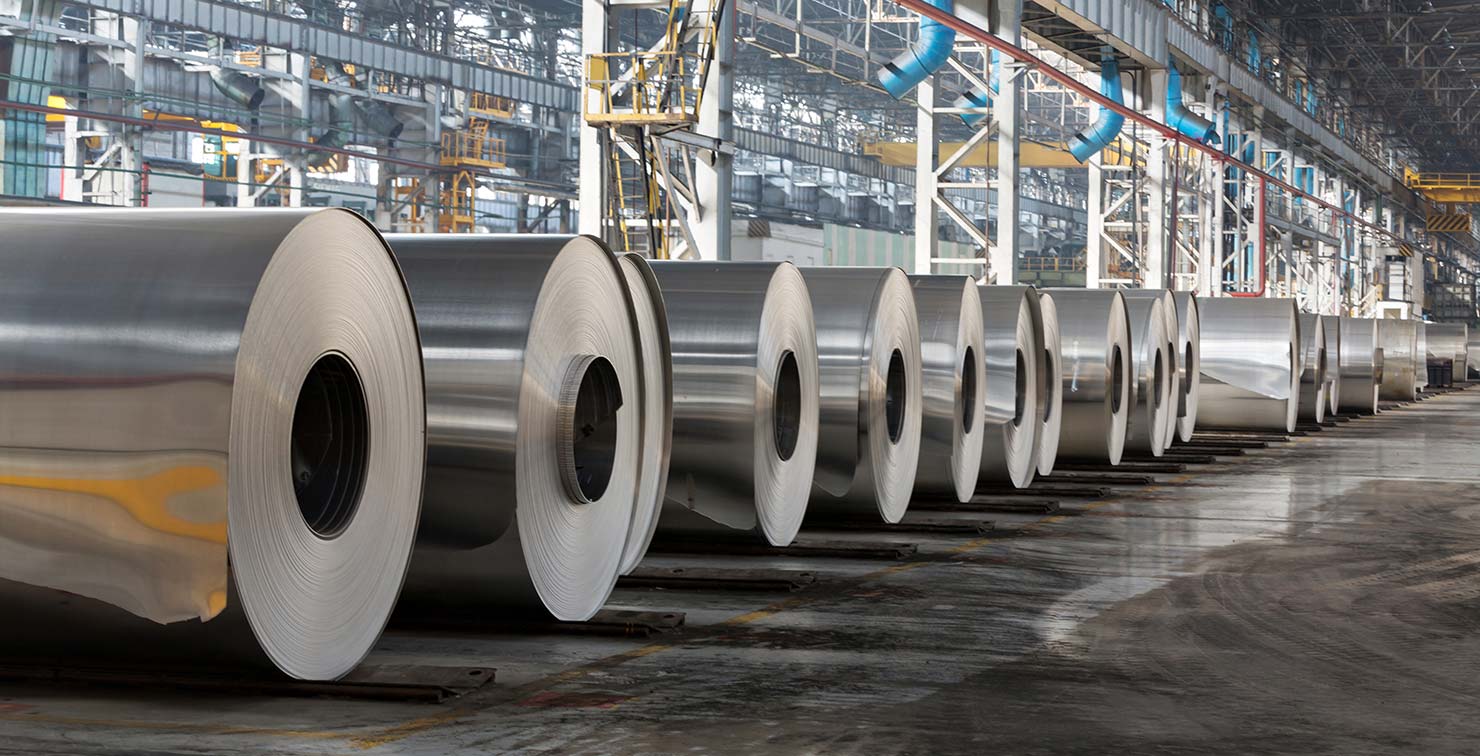Digitalization has been called the fourth industrial revolution. New business models are emerging to keep up with the rapid pace of change, and not surprisingly, they are being met with some predictable internal resistance and cultural challenges. As these more agile and automated models rely to an ever-greater extent on technology and third-party suppliers, supply chain risk is an increasing concern as well.
These and other operational worries are the dominant themes to emerge from the manufacturing and distribution (M&D) industry group’s responses in a recent survey, Executive Perspectives on Top Risks for 2018, from Protiviti and North Carolina State University’s ERM Initiative.
The operational focus of this year’s top risks is fundamentally different from 2017, when a majority of the top issues were macroeconomic and driven by political uncertainty. I am not particularly surprised by this shift. In December, I wrote about how manufacturers are moving from product-centric business models to bundled product-and-service ones, where investments in mobile platforms and innovation are allowing more sophisticated and customized user experiences. Organizations are continually finding new ways to deliver more value to customers — for example, a manufacturer of industrial machines might embed diagnostic technology to bundle maintenance services with products to decrease customer downtime.
Digital transformation and process automation is moving from the factory floor to the back office, where robotic process automation and artificial intelligence can be employed to save money and increase efficiency. Few manufacturers would disagree that the Internet of Things, big data integration and other advances in technology are boosting productivity, streamlining supply and distribution channels, and improving product support.
But data-rich manufacturing carries its own risks. Cyber attacks are growing in frequency and severity. The National Institute of Science and Technology (NIST) estimates that cyber attacks and data breaches will cause nearly half of manufacturing supply chain failures over the next couple of years. Supply chain breaches that steal or alter data could result in substandard products, the loss of intellectual property, and backdoor access into the manufacturer’s systems, tarnishing brands and diminishing value.
To top off these operational concerns, M&D executives also worry whether their organizations’ cultures help or hinder the ability to identify and escalate risk issues for proper attention. Of particular concern in 2018 is whether the tone at the top is reaching down into the rest of the organization and translating into a strong tone in the middle and operational excellence at the bottom, which is where resistance to change can create the biggest reputational and brand damage.
While risks related to disruptive innovation, supply chain volatility and resistance to change all bubbled up to the top to replace the macroeconomic concerns of last year, one issue remained in its top-five position: the ability to attract and retain top talent. At the end of the day, a company’s success or failure in the midst of dynamic change is going to depend on the capabilities and preparedness of its people. Not only do organizations need the right talent to support digital transformation and embrace change, but the organizations themselves must embrace innovation and change to be attractive to prospective hires. No one wants to work for a company with its best days behind it.
If I were to sum up M&D’s focus this year in two words, it’s “look inward.” Aside from remaining vigilant for events with the potential to affect the supply chain, M&D executives must clearly focus on their internal operations and seize on opportunities like robotic process automation, AI and data-driven business models, while also fostering a culture receptive to change and willing to identify and report risks.
Download the full 2018 Top Risks survey here, and the M&D industry-specific findings here.





